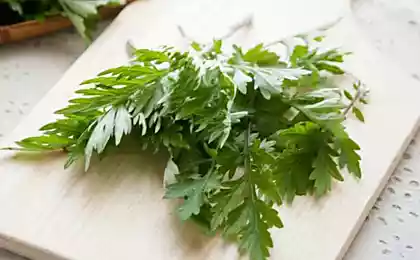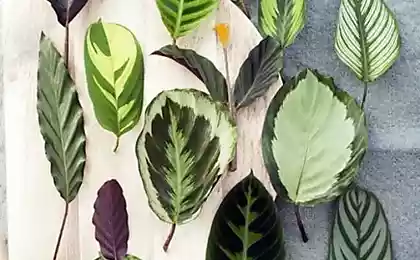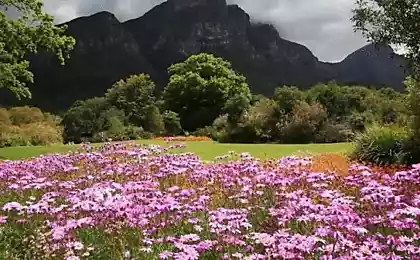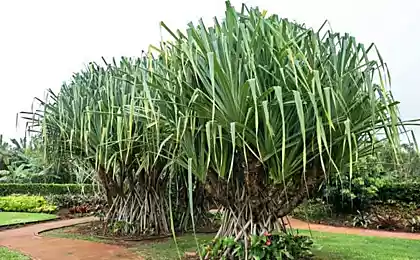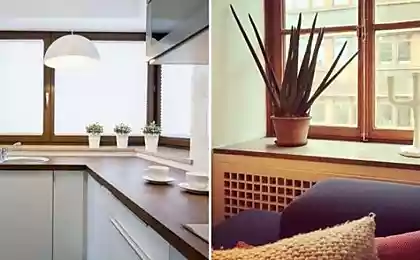171
Beetles, spiders and fruit flies in the house disappeared, if my mother put a fragrant plant on the windowsill
How to plant mint at home to permanently expel midges and mosquitoes, fill the room with a pleasant aroma, decorate the windowsill with delicate greens, and your dishes with your own seasoning? What is the difference between plectrantus (housemint) and field mint and other wild-growing relatives? Let's try to figure it out.
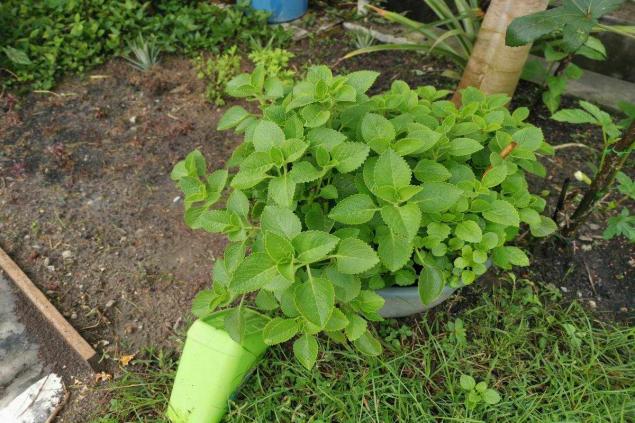
In natural conditions, most often we meet field mint (Mentha arvensis), a perennial plant of the genus Mint of the Yasnotkov family. Among the cultivated varieties of peppermint, the most famous is peppermint. Even those who do not know her face, immediately recognize the bright smell of menthol and burning taste, for which it got its name.
View this post on Instagram
A post shared by Marina Zavyalova (@plants_travel_green)
Plectranthus belongs to a completely different genus. In Russia, it is called muhogon, domestic mint and moth tree for its ability to scare away moths, aroma and flower structure. Home mint is rich in essential oils, but grows mainly in the subtropics, and in our region is grown only as a houseplant.

Like the decorative host, the plectranthus is one of those plants whose leaves are much more attractive than flowers. Some of its 300 varieties are grown for edible leaves and for use in traditional medicine.
For growing a mole tree, a fertile soil with a low level of acidity is necessary. A mixture of one part of humus, two parts of sod, one part of leafy earth and one part of a mixture of sand and peat is ideal.

The bottom of the pot should be lined with drainage (ceramzit, pebbles) with a layer of 3 centimeters. The roots of mint grow quickly, so you need to take a voluminous pot, as they say, for growth.
Diffused light will be required without direct sunlight. The soil should always be wet, but without excess water. The temperature is within 18-25 degrees in summer and 15-17 in winter.
View this post on Instagram
A post shared by Falab Shanerin (@fshanerin)
Water the plant is better under the root, since after moisture hits the fuzzy leaves, ugly spots may remain on them. Water for irrigation should be taken soft and slightly warm. Once a month, homemade mint can be fed with complex fertilizer for flowering crops.
Young mint can be grown from seeds or from cuttings. But it should be remembered that the plant grown from seeds may differ from the mother.
View this post on Instagram
A post shared by Izu i Roślinki (@plants_with_izu)
For reproduction with cutting cuts in summer, the upper part of the stem, moisten with a solution of "Root" and plant in a wet substrate.
View this post on Instagram
A post shared by Karolínka P (@k.aries_)
Cover the seedling with a mini greenhouse from a plastic bottle. Water the mint abundantly, and in 2-3 weeks it will be ready for independent life.
In order not to cause harm to plants, the collection of leaves should be carried out according to certain rules: pluck the leaves in different places and leave a 0.5 cm leaf sinus near the stems.
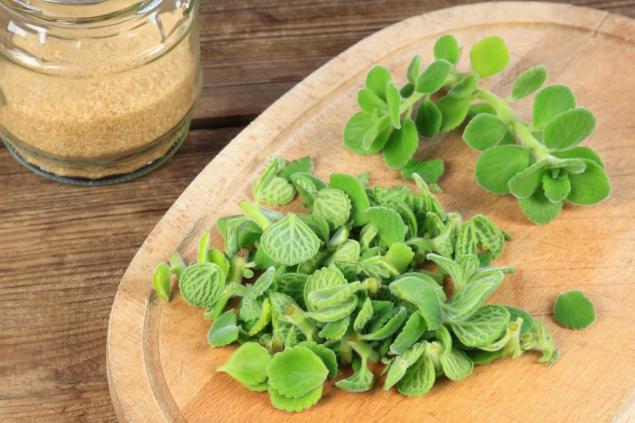
In place of the plucked leaves, new ones will soon appear, and domestic mint will continue to scare off insects and please you with its decorative greenery.

In natural conditions, most often we meet field mint (Mentha arvensis), a perennial plant of the genus Mint of the Yasnotkov family. Among the cultivated varieties of peppermint, the most famous is peppermint. Even those who do not know her face, immediately recognize the bright smell of menthol and burning taste, for which it got its name.
View this post on Instagram
A post shared by Marina Zavyalova (@plants_travel_green)
Plectranthus belongs to a completely different genus. In Russia, it is called muhogon, domestic mint and moth tree for its ability to scare away moths, aroma and flower structure. Home mint is rich in essential oils, but grows mainly in the subtropics, and in our region is grown only as a houseplant.

Like the decorative host, the plectranthus is one of those plants whose leaves are much more attractive than flowers. Some of its 300 varieties are grown for edible leaves and for use in traditional medicine.
For growing a mole tree, a fertile soil with a low level of acidity is necessary. A mixture of one part of humus, two parts of sod, one part of leafy earth and one part of a mixture of sand and peat is ideal.

The bottom of the pot should be lined with drainage (ceramzit, pebbles) with a layer of 3 centimeters. The roots of mint grow quickly, so you need to take a voluminous pot, as they say, for growth.
Diffused light will be required without direct sunlight. The soil should always be wet, but without excess water. The temperature is within 18-25 degrees in summer and 15-17 in winter.
View this post on Instagram
A post shared by Falab Shanerin (@fshanerin)
Water the plant is better under the root, since after moisture hits the fuzzy leaves, ugly spots may remain on them. Water for irrigation should be taken soft and slightly warm. Once a month, homemade mint can be fed with complex fertilizer for flowering crops.
Young mint can be grown from seeds or from cuttings. But it should be remembered that the plant grown from seeds may differ from the mother.
View this post on Instagram
A post shared by Izu i Roślinki (@plants_with_izu)
For reproduction with cutting cuts in summer, the upper part of the stem, moisten with a solution of "Root" and plant in a wet substrate.
View this post on Instagram
A post shared by Karolínka P (@k.aries_)
Cover the seedling with a mini greenhouse from a plastic bottle. Water the mint abundantly, and in 2-3 weeks it will be ready for independent life.
In order not to cause harm to plants, the collection of leaves should be carried out according to certain rules: pluck the leaves in different places and leave a 0.5 cm leaf sinus near the stems.

In place of the plucked leaves, new ones will soon appear, and domestic mint will continue to scare off insects and please you with its decorative greenery.
For what sins relatives do not invite to the wedding
How to urgently replace stretch ceilings and stiffened arches

